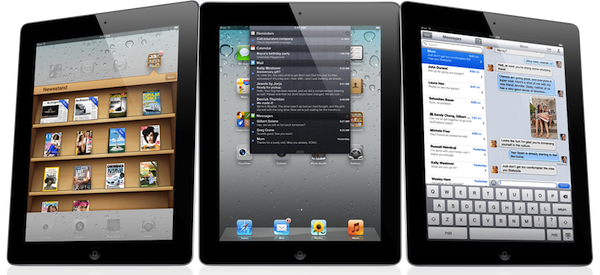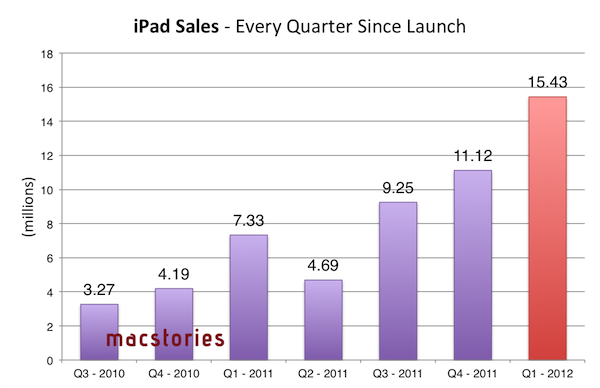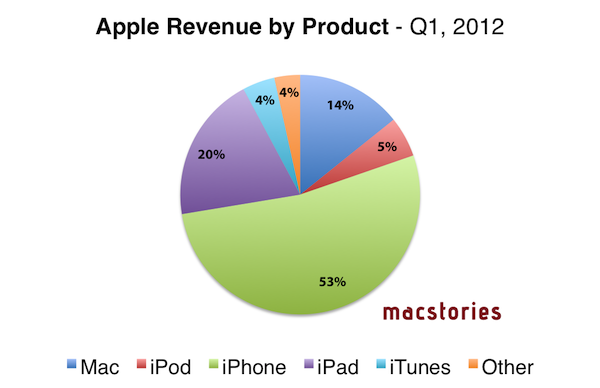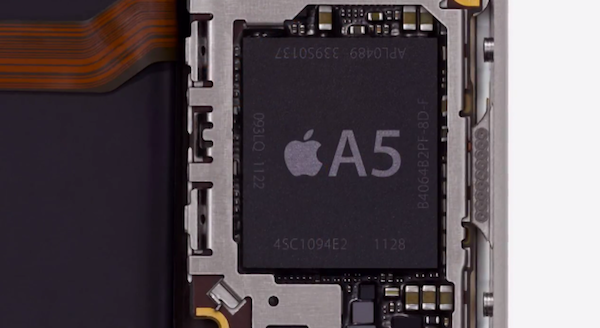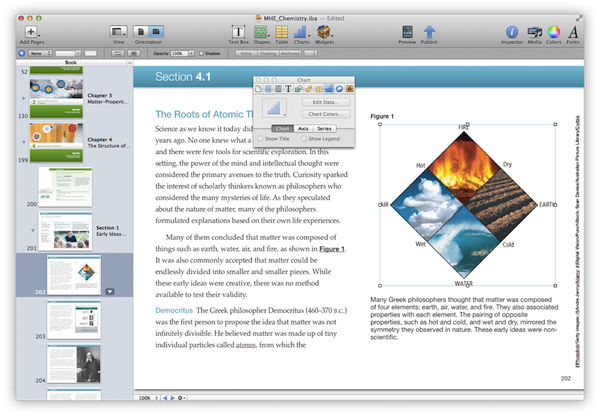There’s been a debate lately as to whether the iPad can fit into the so-called PC category. Following the release of several estimates and market research studies showing much different results when the iPad is included in the overall PC sales of the entire industry, a number of people have voiced once again their opinions on the matter, producing a variegate mix of diverging points. Our writer Graham Spencer chimed in as well, analyzing the reasons behind certain people’s assertion that the iPad can’t be a PC because it can’t fully replace a personal computer.
I, however, would like to take a different route and look at this issue from a broader perspective that includes data, Apple’s history, the current market’s situation, and the tech community’s change of direction on the “iPad as a PC” debate over the past two years.
The starting point, I believe, lies in the words Steve Jobs used to introduce the iPad back in 2010:
Everybody uses a laptop and a smartphone. And a question has arisen lately: is there room for a third category of device in the middle? Something that’s between a laptop and a smartphone. And of course we’ve pondered this question for years as well. The bar’s pretty high. In order to really create a new category of devices, those devices are going to have to be far better at doing some key tasks. Better than a laptop. Better than a smartphone. Now, some people have thought…that’s a netbook. The problem is, netbooks aren’t better at anything. They’re slow, they have low quality displays and they run clunky old PC software. So, they’re not better than a laptop at anything. They’re just cheaper. They’re just cheap laptops. We don’t think they’re a new category of device.
In the few minutes that led to the iPad’s introduction, Jobs carefully set the tone and Apple’s position for the upcoming discussions on the true nature of the device: the iPad is meant to be a “third category” that executes “key tasks” better than a laptop, and better than a smartphone. He didn’t compare the iPad to a PC, but he did mention that Apple wouldn’t follow the trend of releasing cheap “netbooks” that “aren’t better at anything”. Of course, Steve Jobs iterated on his statements regarding the nature of the iPad a few months later at D8 Conference. This is where Jobs famously compared PCs to trucks:
When we were an agrarian nation, all cars were trucks, because that’s what you needed on the farm,” Jobs said at D8 last month. “But as vehicles started to be used in the urban centers, cars got more popular. Innovations like automatic transmission and power steering and things that you didn’t care about in a truck as much started to become paramount in cars….PCs are going to be like trucks. They’re still going to be around, they’re still going to have a lot of value, but they’re going to be used by one out of x people.
As you can see, Jobs’ public definition and positioning of the iPad slightly changed in the months between January and June 2010. I believe the more intimate setting of D8 got Jobs into a talking mood which helped him express what he truly felt about the iPad and PCs; I also believe Apple itself was (is) still trying to understand what the iPad ultimately is, thus definitions and public statements might change and evolve over time. Tim Cook stated numerous times that, whilst excited about the opportunities opened by iPad, Apple still has to fully understand just how much market there is behind it. Furthermore, keep in mind how Apple initially touted the iPad as a productivity machine (2010 keynote), then an entertainment platform (iPad 2 keynote) and subsequently as an educational machine (January 2012). Apple still has to fully grasp the potential of the iPad, and is firing on all cylinders to gain as much share as possible before the market is too crowded. That’s not to say Apple doesn’t have a strategy; in fact, they have multiple ones and they are trying to optimize the proper sequence for the company to put them in place.
Strategies, typically, are based on patterns, and Apple wouldn’t have gotten to exceed $46 billion in revenue if these patterns hadn’t been associated with the numbers and data coming in after the launch of the original iPad. The numbers speak clearly for Apple: of all iOS devices, the iPad has the most rapid trajectory in every quarter since launch with an impressive growth from 3.27 million units (first quarter) to 15.43 million units sold (last quarter). Horace Dediu has put together a nice chart showing the penetration of the iPad in terms of shipments and growth.
Numbers help establishing patterns that define strategies and business models. Sure enough, the early success of the iPad has allowed Apple to turn a product that represents a good 20% of revenue into a category worth focusing on for the future. As I explained in this article, if the source is to be believed, Tim Cook hinting at the iPad being a better alternative than a possible ARM-based, iPad-like MacBook Air is interesting for a number of reasons. First off, it sort of implies that tasks that can be accomplished with an iPad-inspired MacBook Air (that is, regular PC tasks with instant-on and a slimmer form factor) could be easily, if not better executed by the iPad itself. Indeed, the same report goes on to note that Tim Cook believes the iPad “satisfies—or will soon satisfy—the needs of those who might have been interested in such a product”. More importantly, assuming an ARM-based MacBook Air has ever been in testing within Apple and that such a machine would be positioned as an ultra-portable, fast and durable low-end Mac, it means Apple sees the iPad as the portable and lightweight personal computer for the masses seeking a high-quality product in the low end. Read more





